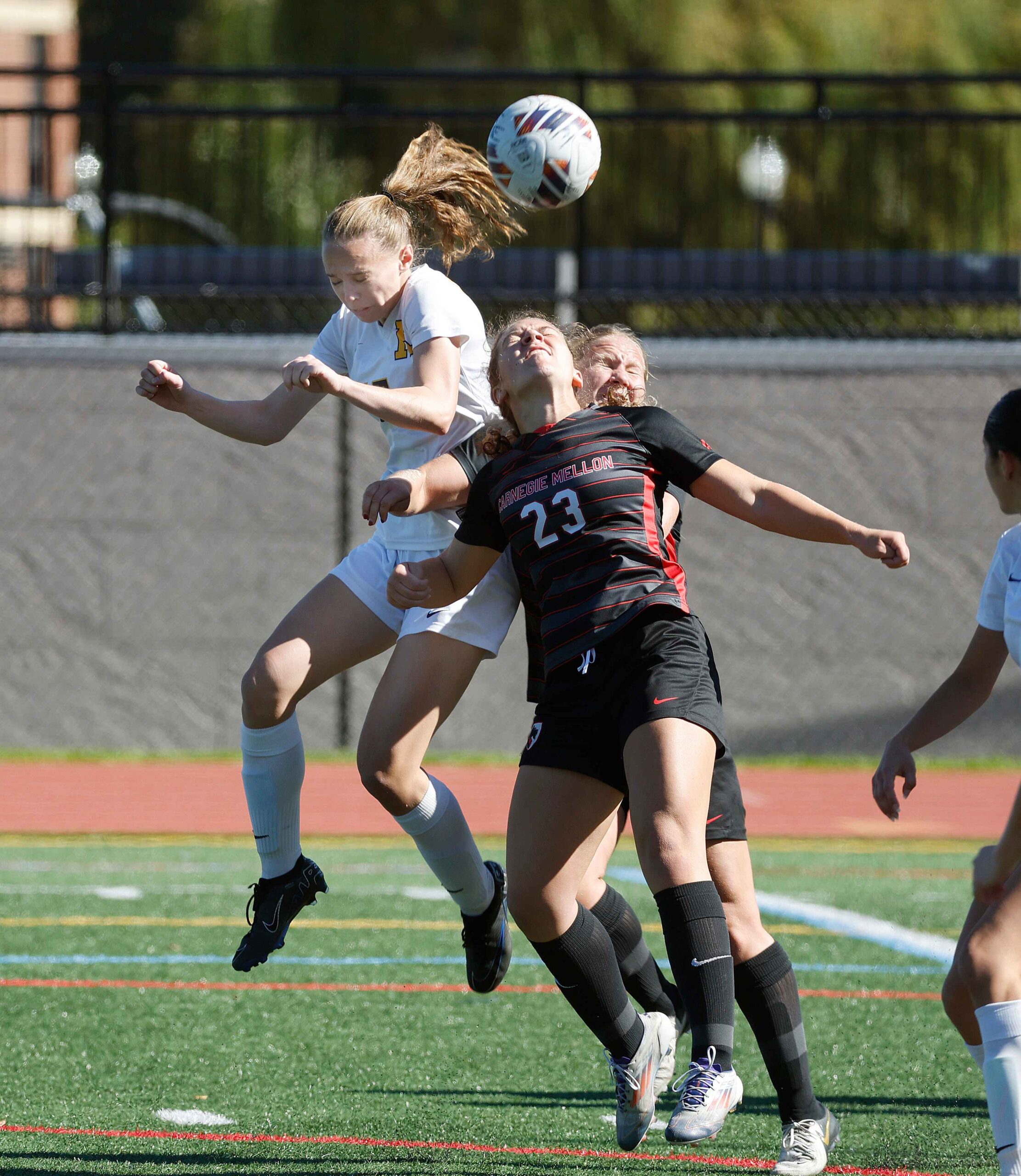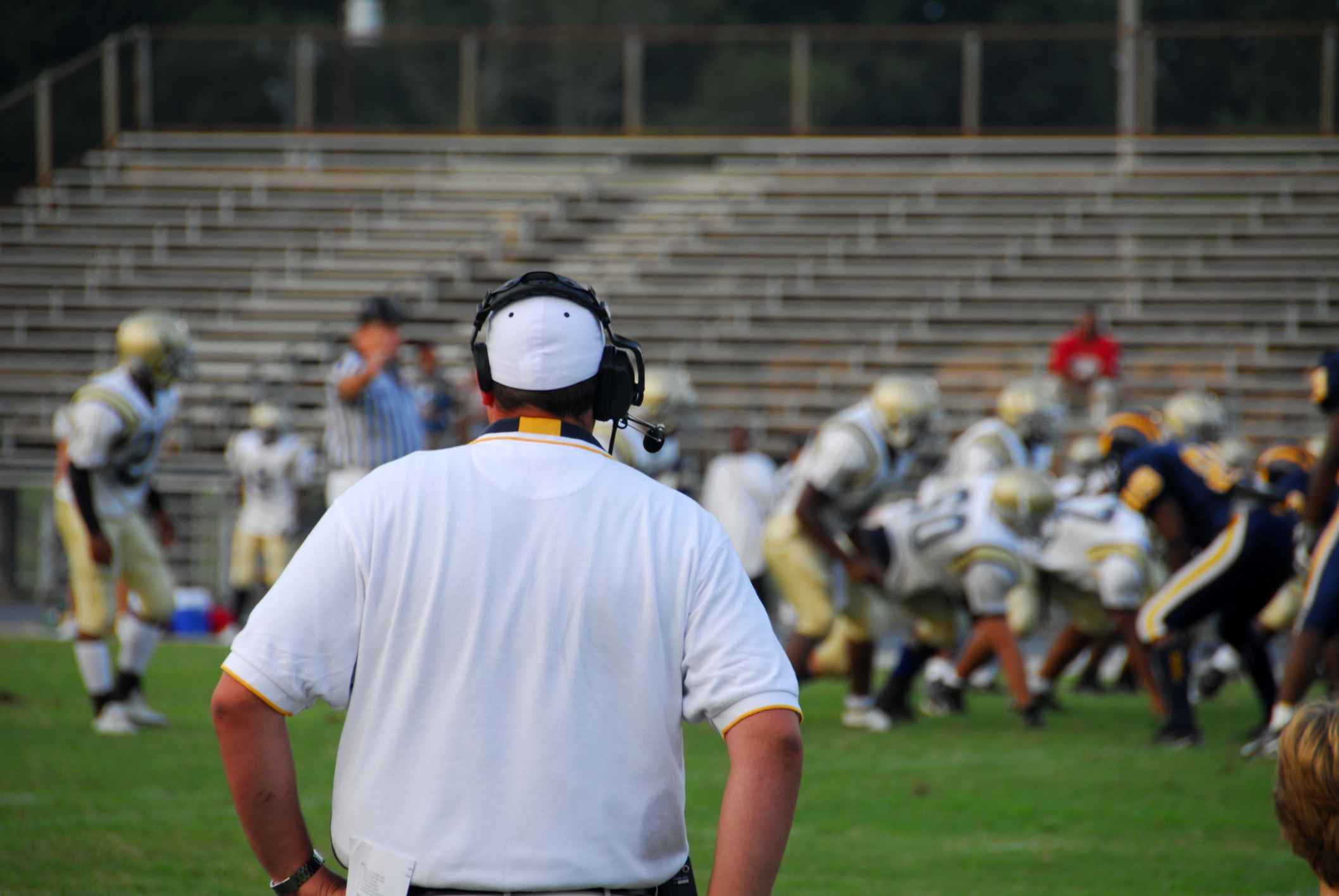All RSS feed content is owned by the respective 3rd party website.
Every year, millions of athletes experience head impacts—but how do you know when it’s serious?
University of Rochester Medical Center (URMC) concussion expert Jeff Bazarian, MD, breaks down what happens when the head takes a hit during sports, from the differences between concussions and less obvious impacts to the latest tools for diagnosis, prevention strategies, and the current state of treatment.
What is a concussion?
A concussion is a type of brain injury that can cause problems like trouble with balance, thinking, memory, and eye movements.
Concussion vs “Sub-Concussive” Hit
Sub-concussive hits are impacts that don’t result in a clinically diagnosed concussion. However, when they occur repeatedly, these hits can affect balance, vision, and thinking skills, but the changes are so subtle that they can only be detected with special tests and instruments.
While these subtle changes might not seem serious, they can reduce an athlete’s performance and might even increase the chance of a concussion later. There’s ongoing research to determine whether these repeated small hits might also contribute to long-term problems like memory loss or mood changes later in life.
How do doctors diagnose head injuries, especially the ones that aren’t obvious?

Doctors usually diagnose concussions by evaluating patients’ symptoms (such as loss of consciousness, amnesia, and confusion) and conducting a physical exam. There is no definitive test to confirm a concussion.
Researchers are working on developing objective tests to aid in detecting a concussion when the diagnosis isn’t clear. These tests assess various brain functions, such as balance, vision, and thinking skills, as well as blood tests that detect proteins released from the brain after a head hit. Advanced brain imaging techniques and sensors that measure the force of head impacts in sports are also being explored.
Although these tools are primarily used in research at this stage, they are enhancing our understanding of the subtle effects of repeated, sub-concussive hits.
What steps are being taken to prevent head injuries in sports?
- Changing practice and game rules: Coaches are decreasing the number of drills involving head contact, and game rules have been adjusted to minimize the likelihood of head contact.
- Better education: Athletes, coaches, and parents are now better informed about the signs and symptoms of concussion and the importance of promptly reporting symptoms.
- Advanced helmets: Innovations in helmet design, such as the new Guardian Cap in football, help lessen the impact of hits.
It is important to recognize that, although helmets are a crucial safety feature in contact sports, advancements in their construction and design over the years are believed to have contributed to an increase in sub-concussive head impacts, which have the potential to affect balance, vision, and thinking skills over time.
How have treatments for head injuries changed over time?
In the past, the primary recommendation for a concussion was complete rest until all symptoms subsided, which sometimes resulted in extended periods of inactivity and bench time, even for mild symptoms. Now, doctors use a more active and individualized approach:
- They begin by identifying the specific neurologic functions that are affected, such as balance, vision, sleep, mood, or memory.
- Treatments are then chosen to target these particular issues, such as medications for headaches or physical therapy to improve balance.
- Complete rest is limited to only one or two days.
- There is substantial evidence that carefully controlled aerobic exercise (at moderate intensity) can speed up recovery by about a week.
- Once symptoms have resolved and medications and PT are no longer necessary, athletes follow a six-step gradual Return to Play plan, incrementally increasing activity levels until they can perform sport-specific activities at maximum intensity without any symptoms.
Are there long-term effects of repeated head impacts in sports?
Researchers at URMC and other institutions are actively investigating how repeated sub-concussive impacts might affect brain health over time.
Current Research
At URMC, we are currently conducting a Defense Department-funded study of sub-concussive hits, how they impair brain function, and which treatments lessen these effects and return functioning to normal as quickly as possible. The study will involve athletes at the University of Rochester, the University at Buffalo, Indiana University, and The Citadel in South Carolina.
New studies include:
- Advanced tests—such as MRI-like brain scans, computerized assessments of balance, eye movement, pupil reactivity, EEG, and blood tests—to detect subtle changes in brain function.
- Exploring whether these minor impacts accumulate and contribute to long-term issues like memory problems, mood disorders, or other signs of brain aging.
- Evaluating different strategies to hasten brain recovery, such as spacing out games or using controlled aerobic exercise. Researchers are even using animal models to gain a deeper understanding of the brain’s response to repeated impacts.
The ultimate goal is to develop user-friendly tests and treatments that can be applied to athletes of all levels to maintain brain health while participating in a contact sport.
What are the biggest challenges and opportunities in this field?
One significant challenge is establishing a direct connection between small, repeated head impacts and long-term brain issues like dementia, which requires extensive long-term studies that demand considerable time and resources. However, this challenge also presents a valuable opportunity:
- Personalized care: Instead of a one-size-fits-all approach, future treatments could be tailored for each athlete based on regular, easy-to-administer brain function tests.
- Broader application: New diagnostic tools and treatment methods could be implemented not only in high-resource settings but also in schools, local sports clubs, and communities everywhere. By making these advancements practical and accessible, doctors aim to protect both the immediate and long-term brain health of athletes.
Concussion Care at UR Medicine
Concussions can happen to anyone, anywhere—on the road, on the job, or at home. It doesn’t matter if you’re an athlete or not. If untreated, a concussion can result in serious, prolonged symptoms. It’s important to seek treatment immediately.

